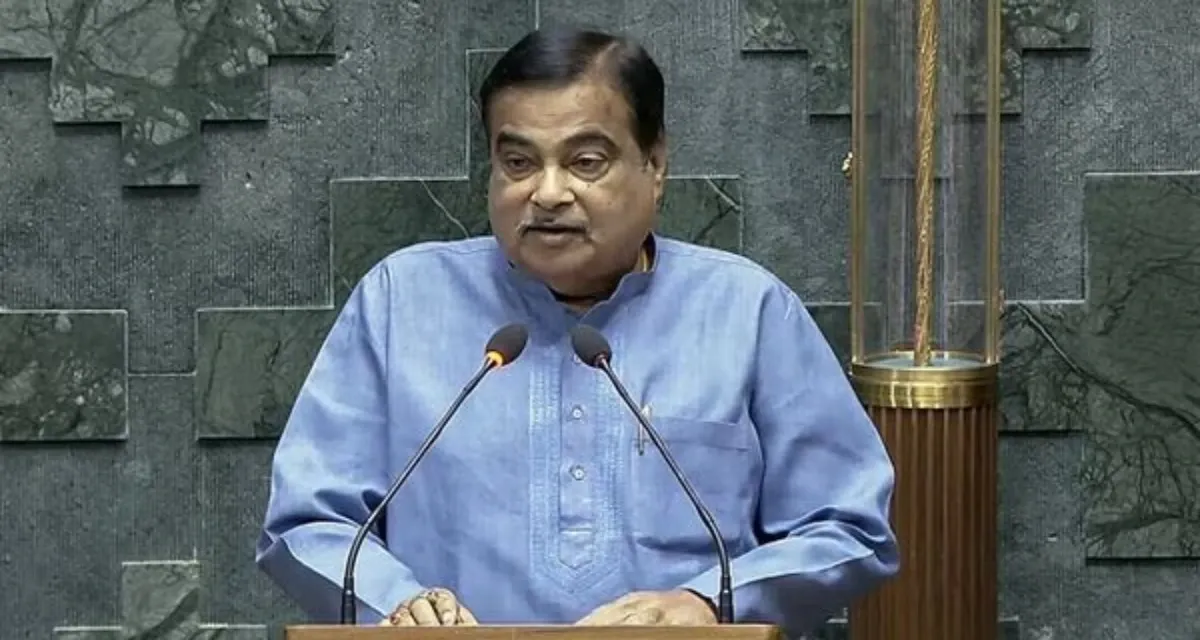

On Tuesday, Union Minister Nitin Gadkari proposed the Hybrid Annuity Model (HAM), a more flexible and market-driven mechanism designed to guarantee on-time project completion. A GNSS-based electronic toll collection system might greatly increase toll income and simplify tolling operations in India, he also emphasized the potential advantages of doing so. To further understand his plan, let's examine its specifics:
Currently, under the HAM model, the government provides 40% of the project cost to developers at the start, while developers cover the remaining 60%. Gadkari questioned this fixed percentage, suggesting that if contractors are willing to invest more than 60%, the government’s share could be reduced. His emphasis is on project completion and efficiency rather than sticking to a rigid funding structure.
At a recent event, Gadkari stated, "I believe infrastructure should be developed by the contractors," indicating that a market-driven approach could lead to more efficient and timely highway projects.
Gadkari also highlighted the potential benefits of implementing a Global Navigation Satellite System (GNSS)-based electronic toll collection system on national highways. This new system is expected to increase India’s total toll revenue by at least Rs 10,000 crore. The GNSS system aims to create a seamless, barrier-free tolling experience, reducing the need for physical toll booths.
He explained, "GNSS will add another Rs 10,000 crore to the toll revenue and remove 99 percent of the existing loopholes in the system." Earlier this month, the National Highways Authority of India (NHAI) invited global entities to express interest in implementing this system. The plan is to integrate GNSS-based toll collection with the existing FASTag system, using both RFID-based and GNSS-based technologies together.
In the financial year 2023-24, India’s total toll collection reached Rs 64,809.86 crore, a 35% increase over the previous year. This significant rise was driven by increased commercial traffic. Gadkari emphasized the need for a transparent and efficient GNSS-based toll collection system to ensure no inconvenience for toll users and to maintain high revenue.
NHAI Chairman Santosh Kumar Yadav pointed out that over the past decade, India’s road network has expanded significantly, with national highways carrying over 70% of the country’s freight and passenger traffic. "Implementing GNSS will immensely contribute not only towards the growth of our economy but will also make barrierless tolling a reality for our citizens," he noted.
Gadkari also proposed that state-transport buses should be exempt from paying tolls on highways. This suggestion aligns with his broader vision of making highway travel more efficient and less burdensome for public transport.
The introduction of GNSS-based toll collection is expected to revolutionize India’s tolling system by reducing manual interventions and increasing efficiency. This system is anticipated to close most existing loopholes, ensuring higher revenue and smoother operations.
The NHAI’s initiative to seek global expertise for GNSS implementation reflects its commitment to modernizing India’s highway infrastructure. This step is part of a broader strategy to enhance road safety, reduce congestion, and improve overall travel experiences on national highways.
The focus on developing a leak-proof GNSS-based toll collection system underscores the government’s commitment to transparency and efficiency in public infrastructure projects. This approach aims to minimize revenue losses and ensure fair tolling practices across India’s extensive highway network.
Overall, India's growing road network is a crucial element of its economic development, facilitating trade and mobility. The adoption of advanced technologies like GNSS is expected to further boost this growth by making highway travel more efficient and user-friendly. Gadkari's proposals for a flexible HAM model and GNSS-based toll collection indicate a significant shift towards modernizing India's highway infrastructure through innovative financing models and advanced technology adoption. These measures are poised to enhance economic growth while improving travel experiences for citizens across the country.
Also Read: